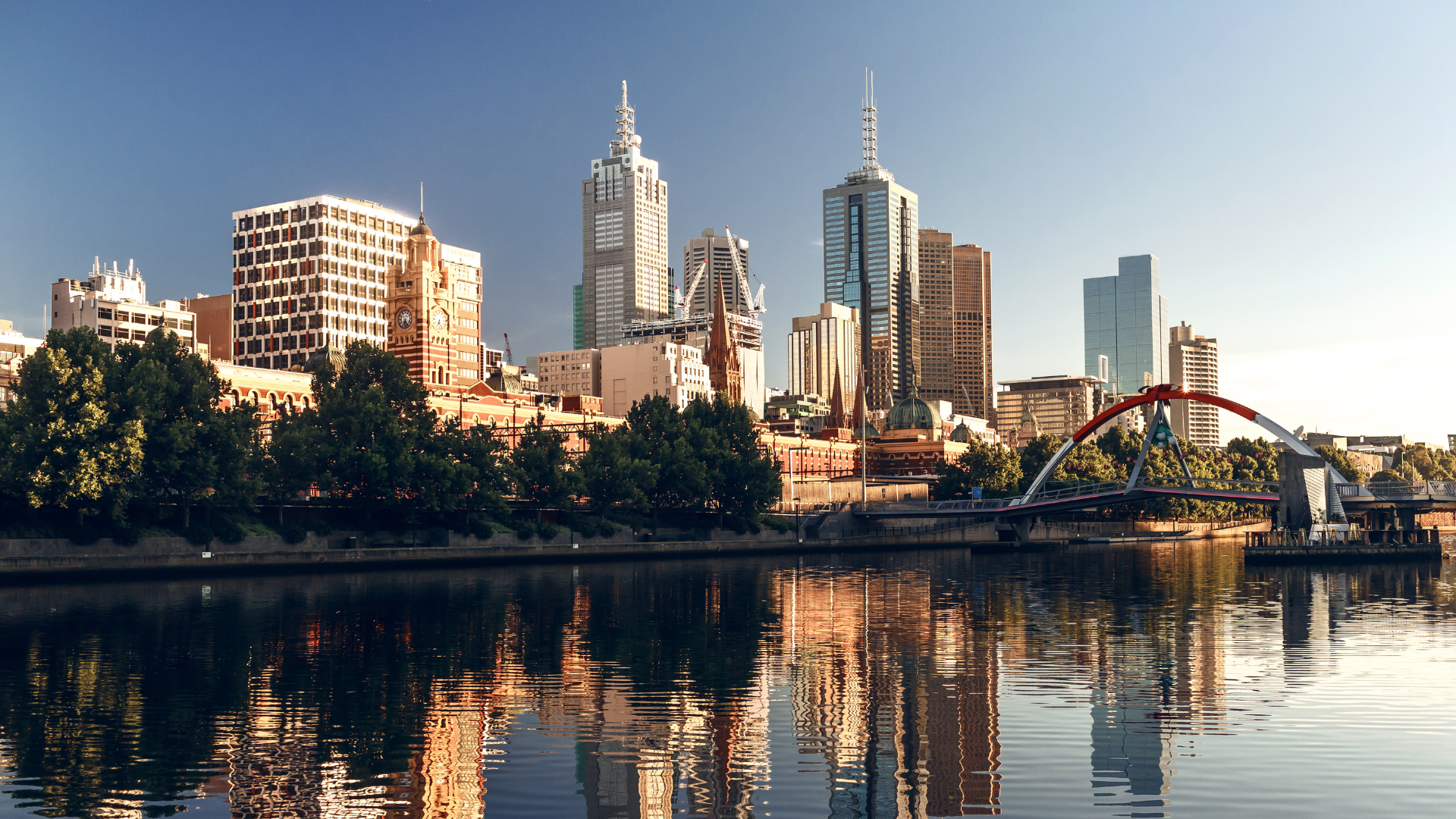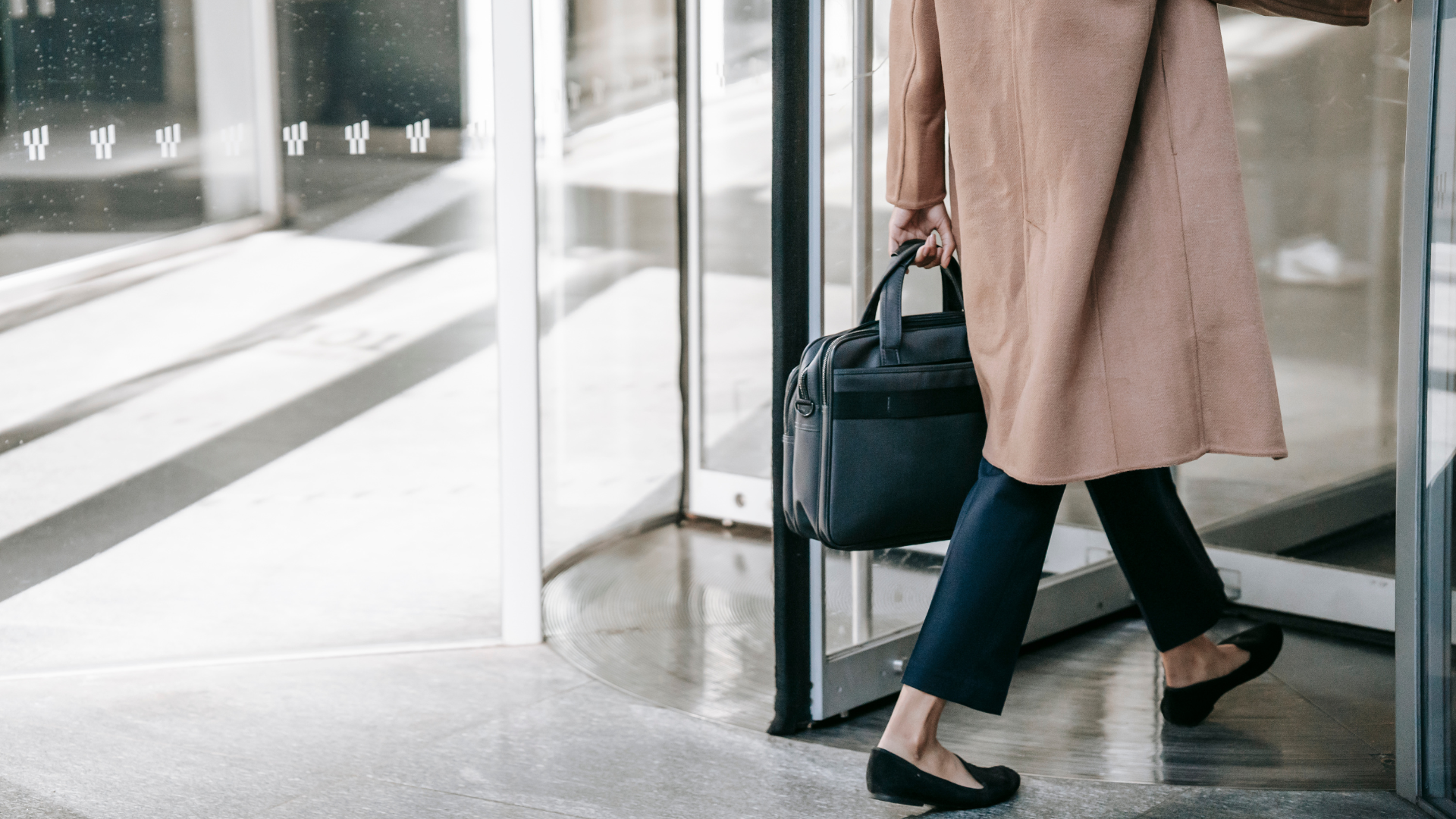Unpacking Workplace Dress Codes in 2025
Workplace dress codes have shifted. In 2025, they’re more relaxed and flexible — but expectations still exist. So how do you strike the right balance? This guide offers practical tips to help you feel confident and professional in any setting.
Key Takeaways
- Always ask about dress expectations before starting a new role.
- Observe what leaders and colleagues wear to guide your own choices.
- Check the company’s official dress code – policies often provide clarity.
- Dress for video meetings just as thoughtfully as you would in person.
- Align your clothing with your personal brand and how you want to be perceived.
- When in doubt, it’s always better to be slightly overdressed.
Ask Before You Start
No one wants to stress about whether their outfit is suitable on day one. The easiest way to avoid this is to ask about the dress code during your interview or once you’ve accepted the role. If an employer says “business casual,” don’t be afraid to ask for examples. Does that mean jeans are fine? Are t-shirts acceptable, or is a collared shirt the norm? Most employers will appreciate your desire to get it right – and if you’re unsure, lean on the side of dressing up a little more.
Observe What Others Wear
One of the best ways to understand what’s appropriate is to notice what your colleagues – especially managers and leaders – wear day to day. In some workplaces, you’ll often see jeans paired with a tee and sneakers, which is casual but still neat. In others, the standard might be chinos, a collared shirt, or smart shoes. Paying attention to what others wear is one of the simplest ways to work out the dress code and feel confident in your choices.
Check the Company’s Official Dress Code
Many companies have a written policy on dress codes, usually shared during induction. These often spell out the “do’s and don’ts,” such as allowing jeans but not ripped denim. A growing trend is “dress for your day” – meaning you can wear more casual attire when working internally, but you’re expected to step it up for client meetings or presentations.
Dressing for Video Meetings
Hybrid work has brought new expectations for how we present ourselves on screen. For internal meetings, smart casual clothing that looks neat on camera is usually enough. For external or client-facing calls, treat the meeting as you would in person and lean more professional. Also, remember that presentation isn’t just about clothes: a clean background, good lighting, and camera placement all contribute to how you’re perceived. In 2025, being “video-ready” is just as important as being office-ready.
Consider Your Personal Brand
Dressing for work isn’t just about following the rules – it’s also about how you want to be seen. Clothing is part of your personal brand, and it can influence how colleagues, leaders and clients perceive you. If you want to project professionalism, jeans and a t-shirt may not align with that image. A blazer, smart shoes, or tailored pants can go a long way in reinforcing credibility and confidence.
When in Doubt, Dress Up
Unexpected client meeting? Last-minute presentation? These are the moments when your outfit suddenly matters. Playing it safe by dressing a little sharper means you’ll always be prepared. Worst case, you’re overdressed – which is still better than being the person in tracksuit pants.
Summary
Workplace attire may have become more relaxed, but how you present yourself still matters. By asking the right questions, observing your team, and aligning your look with both company culture and your personal brand, you’ll strike the right balance.
Considering your next career step?
If you’re ready for your next career move, Aspect can help you find a workplace where your skills – and your style – fit right in.
- Browse current available jobs
- Speak with a recruiter about upcoming opportunities
- What you can expect when working with us
Frequently Ask Questions
What does “business casual” mean in 2025?
Business casual generally means professional but comfortable attire that isn’t as formal as a suit. This could include chinos, tailored pants, jeans, t-shirts, or polos paired with sneakers or smart shoes. It’s about looking neat and work-ready without being overdressed.
Should I still wear a suit to interviews?
Suits are far less common in most workplaces today, and in many industries they’re no longer expected. However, some roles – particularly in more traditional sectors – may still call for formal attire. When in doubt, dress a step above what you think is the norm for that employer, rather than defaulting to a full suit.
What does “dress for your day” mean?
It means matching your clothing to the type of work or meetings you have ahead. For a quiet day at your desk, casual attire may be fine. If you’re presenting or meeting clients, more polished or professional clothing is expected.
Are jeans acceptable at work?
In many workplaces, yes – including styles that are more relaxed. The safest option is to check the company culture and dress code before making jeans your go-to.
How should I balance personal style with professionalism?
Choose clothes that reflect your personality while staying mindful of the workplace culture. Sneakers, bold colours, or casual pieces can often work if styled neatly. The goal is to feel authentic without compromising professionalism.





